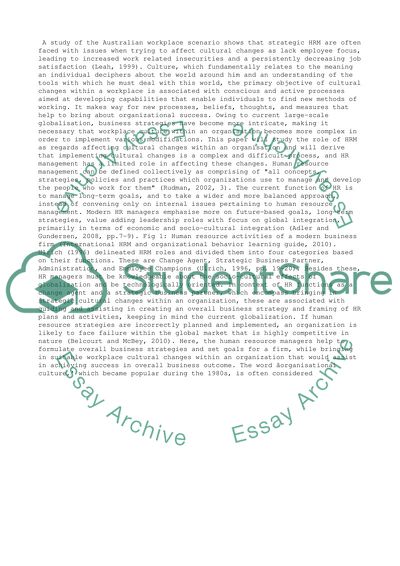Cite this document
(“Processes and Evaluation in Employment Relations Essay”, n.d.)
Processes and Evaluation in Employment Relations Essay. Retrieved from https://studentshare.org/management/1456205-processes-and-evaluation-in-employment-relations
Processes and Evaluation in Employment Relations Essay. Retrieved from https://studentshare.org/management/1456205-processes-and-evaluation-in-employment-relations
(Processes and Evaluation in Employment Relations Essay)
Processes and Evaluation in Employment Relations Essay. https://studentshare.org/management/1456205-processes-and-evaluation-in-employment-relations.
Processes and Evaluation in Employment Relations Essay. https://studentshare.org/management/1456205-processes-and-evaluation-in-employment-relations.
“Processes and Evaluation in Employment Relations Essay”, n.d. https://studentshare.org/management/1456205-processes-and-evaluation-in-employment-relations.


